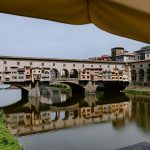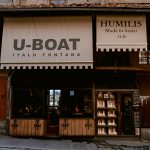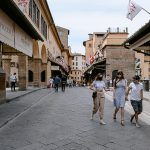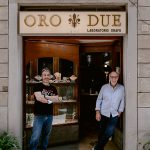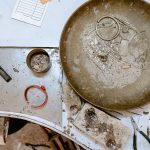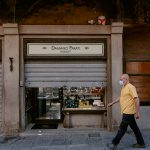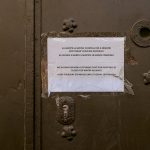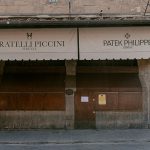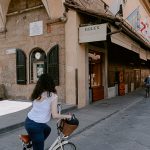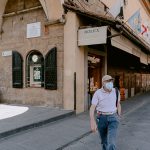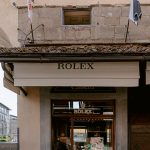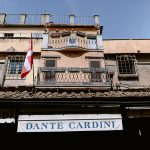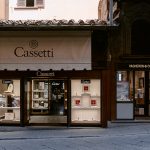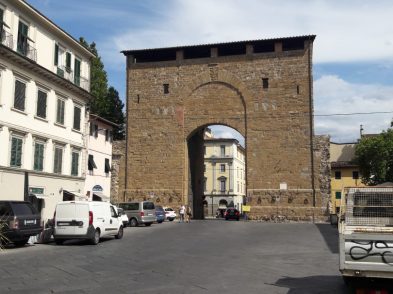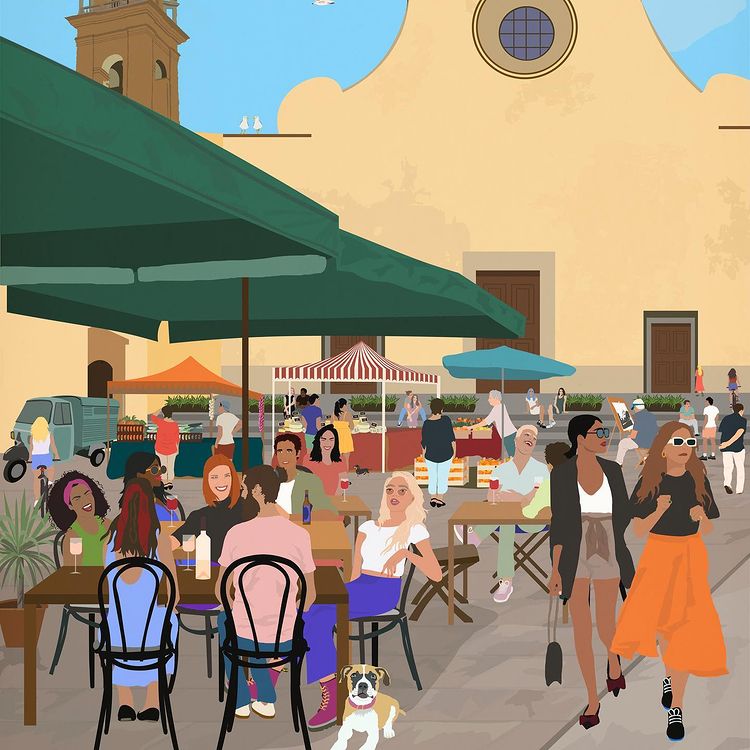- Photography by Francesco Spighi (www.francescospighi.com) for The Florentine
- Photography by Francesco Spighi (www.francescospighi.com) for The Florentine
- Photography by Francesco Spighi (www.francescospighi.com) for The Florentine
- Photography by Francesco Spighi (www.francescospighi.com) for The Florentine
- Photography by Francesco Spighi (www.francescospighi.com) for The Florentine
- Photography by Francesco Spighi (www.francescospighi.com) for The Florentine
- Photography by Francesco Spighi (www.francescospighi.com) for The Florentine
- Photography by Francesco Spighi (www.francescospighi.com) for The Florentine
- Photography by Francesco Spighi (www.francescospighi.com) for The Florentine
- Photography by Francesco Spighi (www.francescospighi.com) for The Florentine
- Photography by Francesco Spighi (www.francescospighi.com) for The Florentine
- Photography by Francesco Spighi (www.francescospighi.com) for The Florentine
- Photography by Francesco Spighi (www.francescospighi.com) for The Florentine
- Photography by Francesco Spighi (www.francescospighi.com) for The Florentine
- Photography by Francesco Spighi (www.francescospighi.com) for The Florentine
- Photography by Francesco Spighi (www.francescospighi.com) for The Florentine
- Photography by Francesco Spighi (www.francescospighi.com) for The Florentine
Florence would receive around 16 million tourists in a normal year, almost all of whom would, at some point or other, set foot on the Ponte Vecchio. The city’s oldest bridge, it is famously the only one that survived the Second World War, though the immediate buildings on either bank were razed in order to prevent an Allied crossing. Five centuries ago it supported a smorgasbord of businesses, butchers in particular, and on top of them the Vasari Corridor, the walkway by which the plenipotent Medici family crossed shuttled between Palazzo Vecchio and Palazzo Pitti. In 1593, Ferdinand I de’ Medici, Grand Duke of Tuscany, took exception to the smells that were permeating the corridor and decreed that from then on the Ponte Vecchio was to be given over solely to goldsmiths and jewellers.
So it remains today. The Ponte Vecchio is home to no fewer than 48 jewellers, all squeezed into the tiniest of compartments. If these buildings seem bigger on the inside, it is because they jut over the water, secured by wooden struts that somehow held fast through the Biblical flood of 1966. But walk across the bridge now, on May 27, for the record, and you will see the barest handful of open doors among a locked majority. The Italian language has a range of sensuous vocabulary for rolling shutters—serranda, saracinesca, persiana—all of which capture the storied elegance of the storefronts. But as long as these shutters stay down, no jewellery is sold and no income comes in.
Apart from the few open doors, each closed shop has been pasted with a yellow sign from the Associazione Ponte Vecchio. In Italian it reads: Ponte Vecchio and its jewellers, which have always been a symbol of Florence’s artistic heritage throughout Italy and the world, will remain closed due to a lack of concrete responses to the needs of the cultural-artistic-tourist sector. Our jewellers are part of history. We will only start to trade again with shared, sustainable projects.
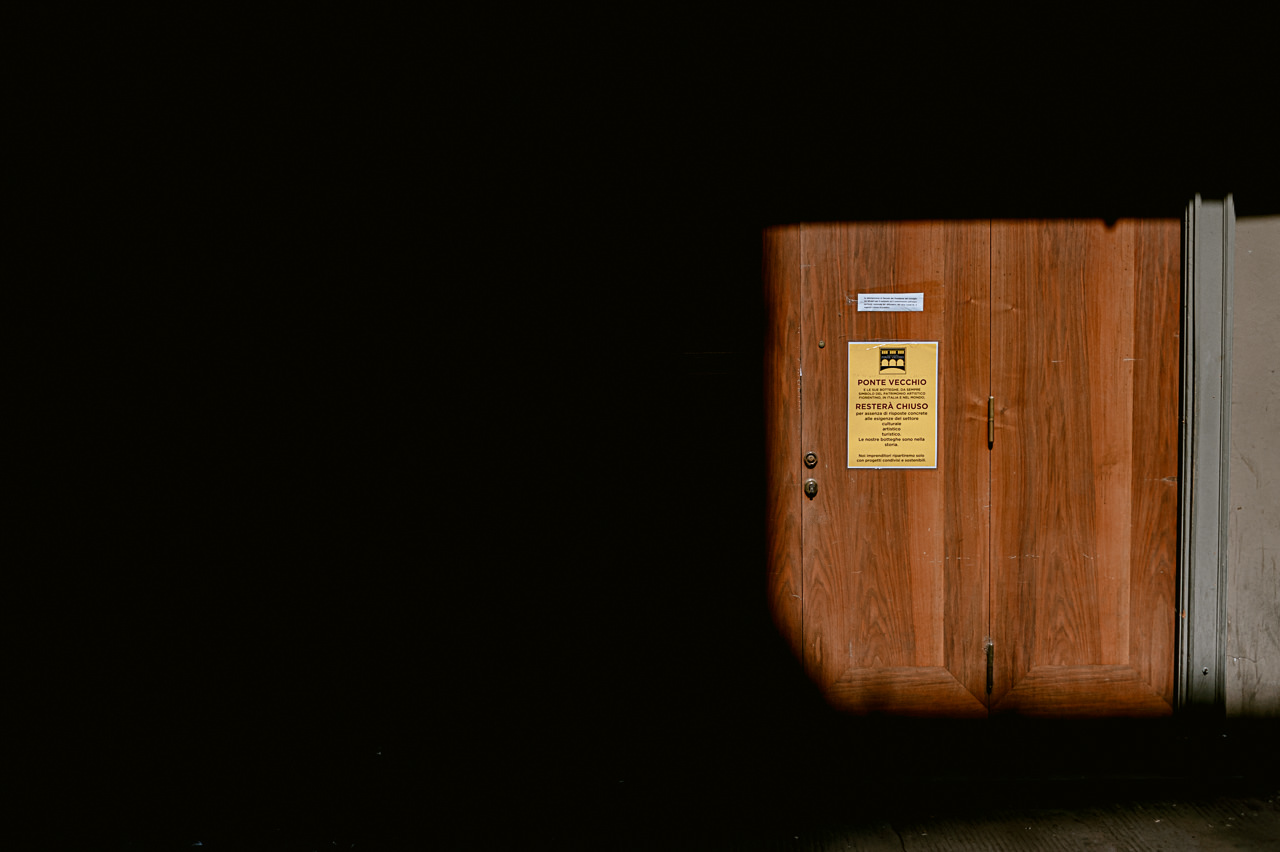
Photography by Francesco Spighi (www.francescospighi.com) for The Florentine
The needs of the cultural-artistic-tourist sector are, of course, a steady flow of tourists, and at the moment Florence has a trickle when it would usually have a torrent. The problem is shaking the whole of Italy’s tourism-dependent economy, but it especially blights the Ponte Vecchio’s jewellers, who enjoy the barest minimum of local clientele. U-Boat, a watch dealer based not in Florence but in Lucca, is one of the few companies to have reopened its outlet on the bridge, though not to any noticeable effect: store manager Kim Paulsen reports one or two customers a day. Are they making ends meet? He laughs at the absurdity of the idea. Of course they’re not, but they have to do something to pass the time of the day.
The few jewellers that have resumed operations, in fact, seem to have done so less out of choice than out of contractual obligations or decisions that pertained to an entire chain. Audemars Piguet’s move to reopen applied nationwide, regardless of traffic on the Ponte Vecchio; while it was a contract with Rolex that prompted Cassetti, which began life as a silversmith in 1926, to recommence trade when it became legal to do so on May 18, aligning itself with the other Rolex distributors in Florence, Venice, Milan and Rome.
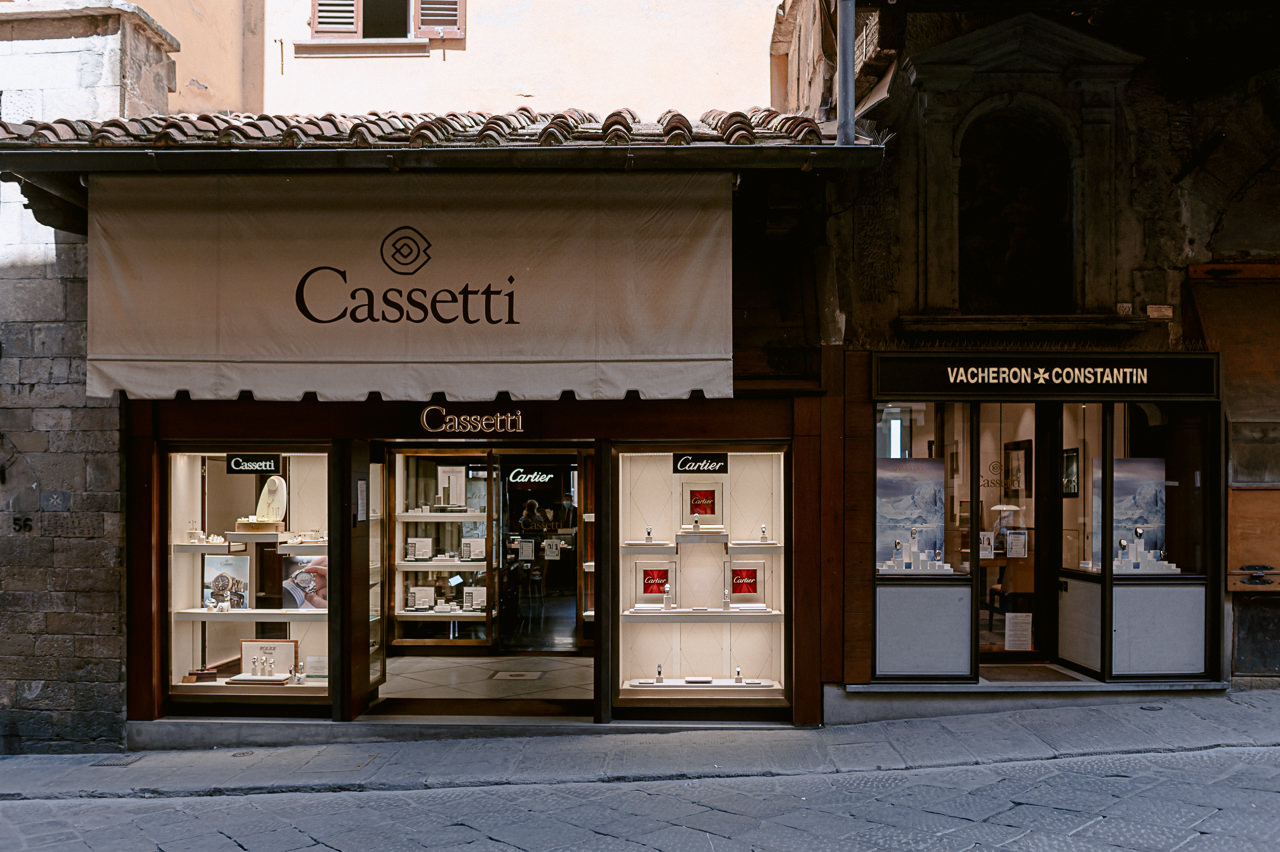
The Cassetti store, one of the few open on Florence’s Ponte Vecchio. Photography by Francesco Spighi (www.francescospighi.com) for The Florentine.
The reality is that the Ponte Vecchio has been moving away from the tradition of small, independent, artisan goldsmiths that made it famous, and over the decades has ceded ground to the heavy-hitting multinationals, entrenching it firmly within a globalized economy. It’s true that such big players are probably better equipped to get through the moratorium on travel, but rents on the Ponte Vecchio are astronomical, and one can imagine the drain that they currently represent for the medium-sized enterprises. Besides its three outlets on the Ponte Vecchio, Cassetti has a store in Prato and three in Forte dei Marmi: the Florentine rents will be immeasurably higher, but the Ponte Vecchio boutique is easily the brand’s biggest earner.
The real rent victims, though, are the small, independent jewellers who have clung on to the bridge, witnesses to an age when the pace of commerce was slower. Francesco Callai and his brother Emilio set up shop on the Ponte Vecchio 52 years ago, but now he and his daughter Claudia are clearing out, faced with a contract renewal that would have seen their rent almost double to 18,000 euro per month. Claudia says that the family hope to find somewhere cheaper on terra firma. A lyric from Italian musician Ezio Bosso, who died on May 15, is pinned to their door: Ho smesso di domandarmi perché. Ogni problema è una opportunità. “I’ve stopped wondering why. Every problem is an opportunity.” Local newspaper La Nazione, however, quoted Signor Callai in a less optimistic timbre: he said that he had asked the mayor for help but had received no reply, and that if no one takes action against the exorbitant rents the tradition will wither away.
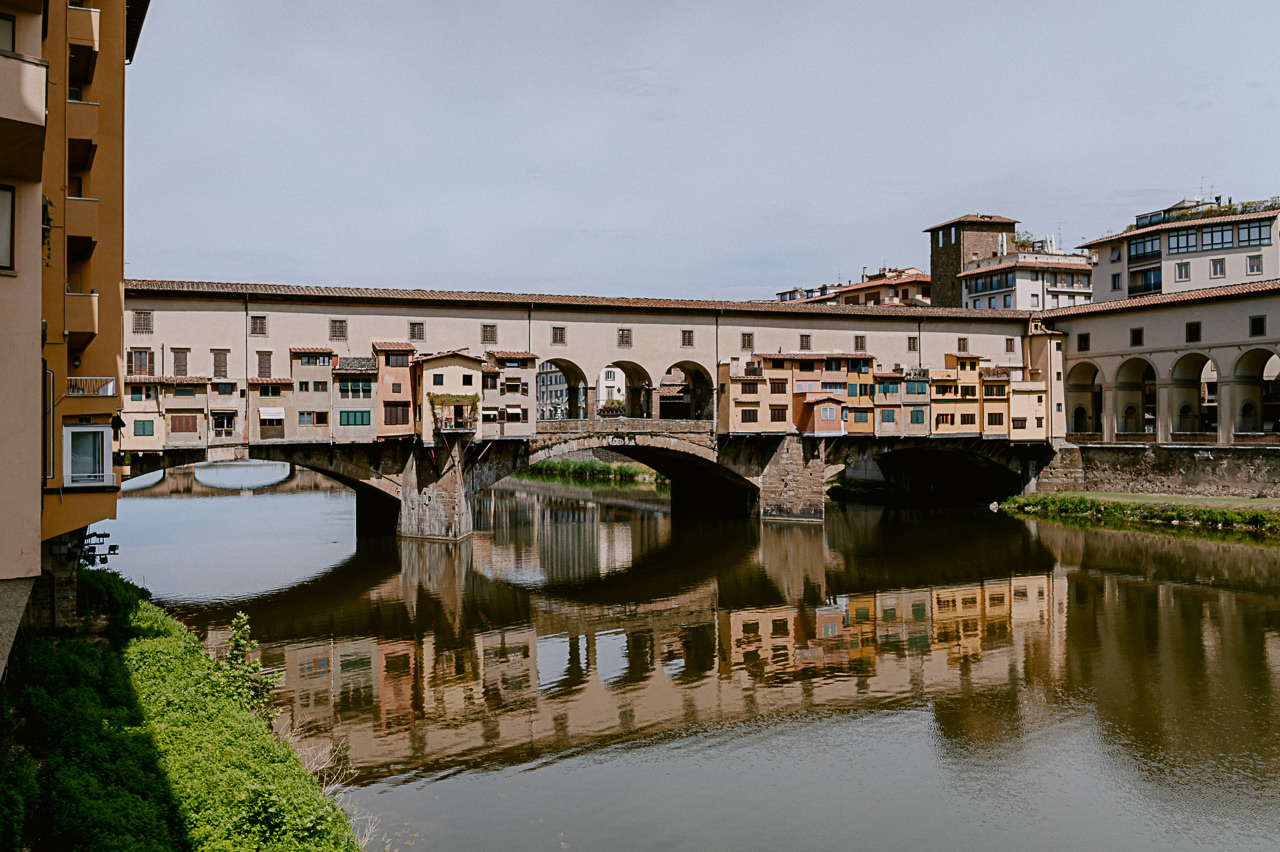
Florence’s iconic Ponte Vecchio. Photography by Francesco Spighi (www.francescospighi.com) for The Florentine.
One jewellers without rental worries is Fratelli Piccini, currently run by Elisa Tozzi Piccini, whose great-grandfather opened the company in 1903. Unlike the Callai family, she is lucky enough to own the property, which looks out upstream over Ponte alle Grazie and covers three spine-bending floors: proof enough that our ancestors really were considerably shorter. The top floor contains the lowest room of them all, full of dark workbenches and rollers, vices, hammers and tongs, all of which look as though they belong in Siena’s torture museum. Curious round moulds hang within easy reach of Carlotta, who has handcrafted Piccini’s creations for the last 22 years. The workshop lies directly underneath the Vasari Corridor, which means the last butchers and the first goldsmiths to have used these quarters would have heard their Medici sovereigns walking overhead.
Fratelli Piccini has eight employees, all of whom are currently out of work. Elisa has responded to different requests: some took their paid holiday, while others opted for cassa integrazione, the fallback scheme that sees the government pay 80 per cent of an employee’s usual salary. The problem with this latter solution, on the Ponte Vecchio and across Italy, is that the 80 per cent has not been forthcoming: beneficiaries are still waiting to be paid. Elisa’s frustration with this latest bout of bureaucracy is echoed by Associazione Ponte Vecchio president Giuditta Biscioni, who has called on the government to provide clarity.
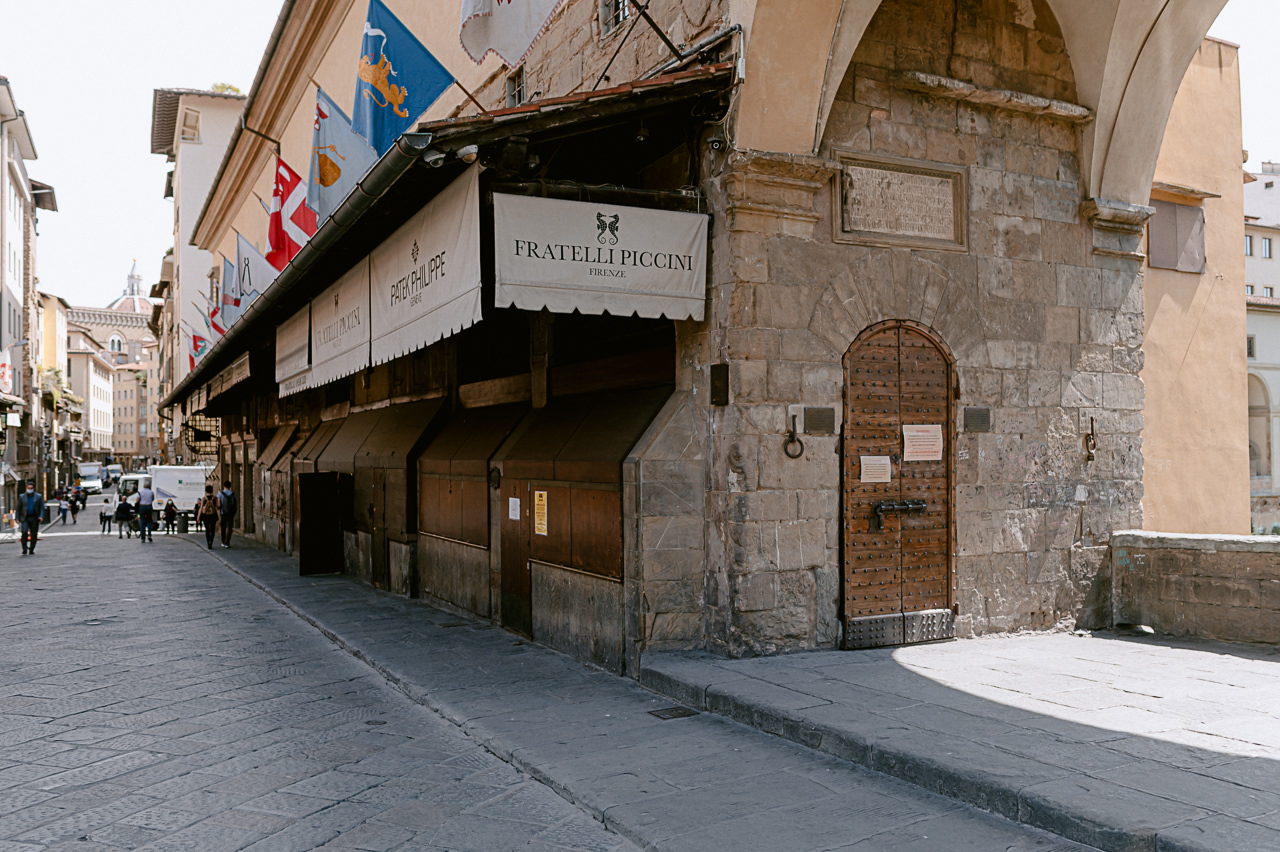
Fratelli Piccini has eight employees, all of whom are currently out of work. Photography by Francesco Spighi (www.francescospighi.com) for The Florentine.
Fratelli Piccini is the last of the jewellers on the Ponte Vecchio to make its wares in-house, a result partly of the lavish displays that consume so much of the bridge’s area. It seems likely, as Francesco Callai darkly hinted, that the future of the family-run jewellery businesses is more off-piste, away from the traditional cradle of Florentine goldsmithing. Certainly the most upbeat practitioner that I met, Lorenzo Marranci, works not on the Ponte Vecchio but on via Lambertesca, making the jewellery in his father’s laboratory Oro Due. When I ask where he sources his gold, he tells me that it comes in sheets from local suppliers, and asks me if I need any.
Even if the traditional practice of on-site engraving is largely a thing of the past, it is clear that the familial bonds on the Ponte Vecchio will take longer to erode. Filippo Cassetti’s cousin works as store manager; Callai is a family business par excellence; but even teams without blood bonds are quick to develop a similar closeness. “It’s a matter of trust,” Elisa says. “We have the same values, same goals. It’s not easy to hire someone to work in our business, because they’ll be dealing with precious stones, valuable objects.”
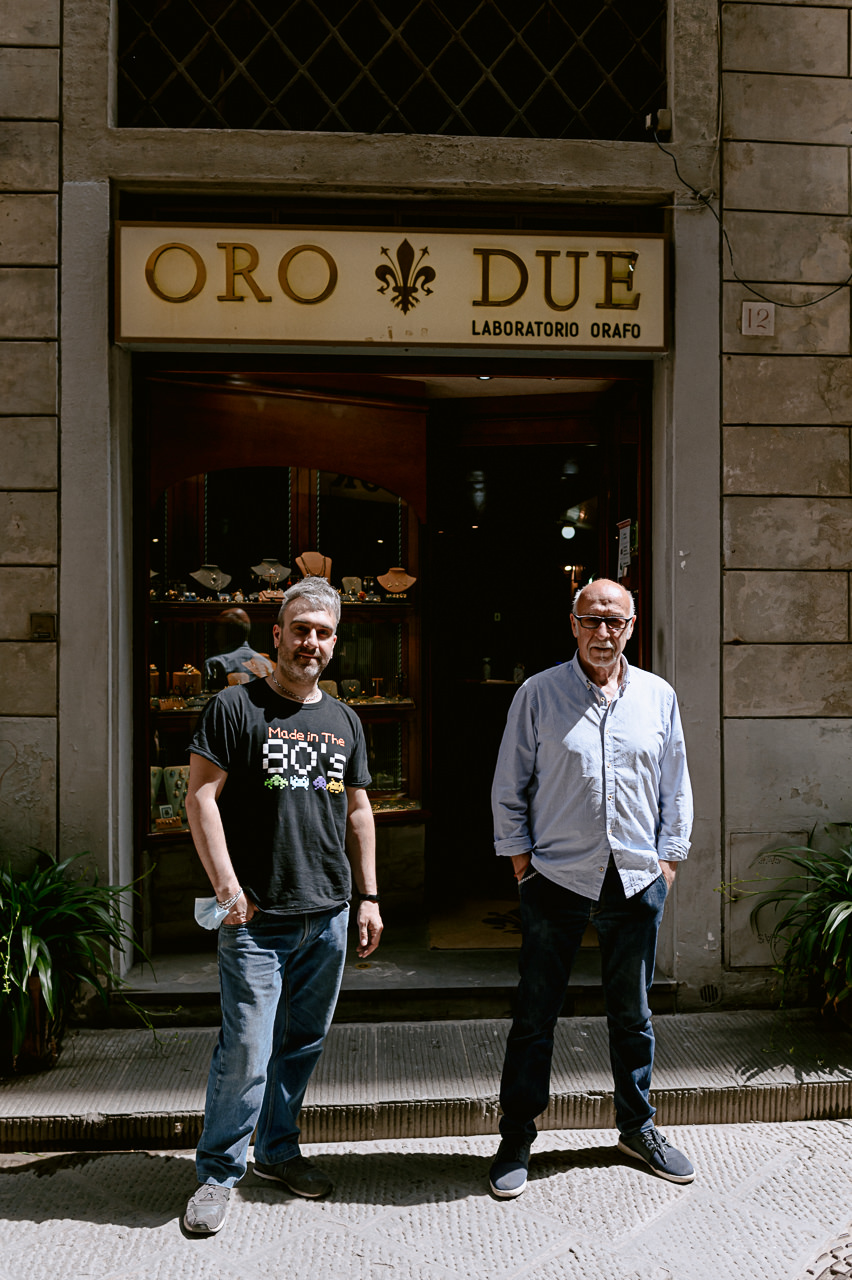
Lorenzo Marranci works not on the Ponte Vecchio but on via Lambertesca, making the jewellery in his father’s laboratory Oro Due. Photography by Francesco Spighi (www.francescospighi.com) for The Florentine.
Customers become family too. From their predominantly American clientele, Fratelli Piccini has over the years built up a strong base of loyalists who return time and again, some of them third-generation patrons. From such presently housebound clients one would think that the boutiques could rely upon a few online orders and commissions. But, perhaps reassuringly in such an e-commercialised world, jewellery is one thing that does not sell itself easily through online channels. Weight and scale are difficult to judge, but more fundamentally it denies a tactile human impulse: the desire to turn a piece over in the fingers, to admire the craftsmanship, even from afar. People swarm the Ponte Vecchio because even if only a select few can afford to go shopping on it, window shopping everyone can afford. “We sell something that nobody needs,” Elisa says with disarming honesty. “You have to get in touch with people in order to sell something, so you really have to create an atmosphere that brings them here again and again. You have to recognise them, remember their tastes.”
But welcoming a customer into such a special environment, and allowing them to touch and try on select exhibits from the latest collection, inevitably involves health risks. The Associazione Ponte Vecchio’s protest strike is tentatively set to end on June 3, when Italy’s borders are due to reopen. It’s a date that all Italian businesses await with baited breath, none more so than the Florentine jewellers. “I’m not going to reopen then,” scoffs Elisa, and she does not appear to be alone. If stores like Dante Cardini were planning to restart in early June, they would surely have begun rearranging and sanitizing their interiors, working out how to comply with government health restrictions. Instead, the shutters have remained resolutely closed.


